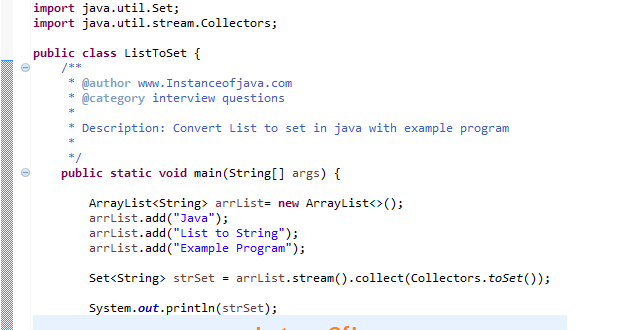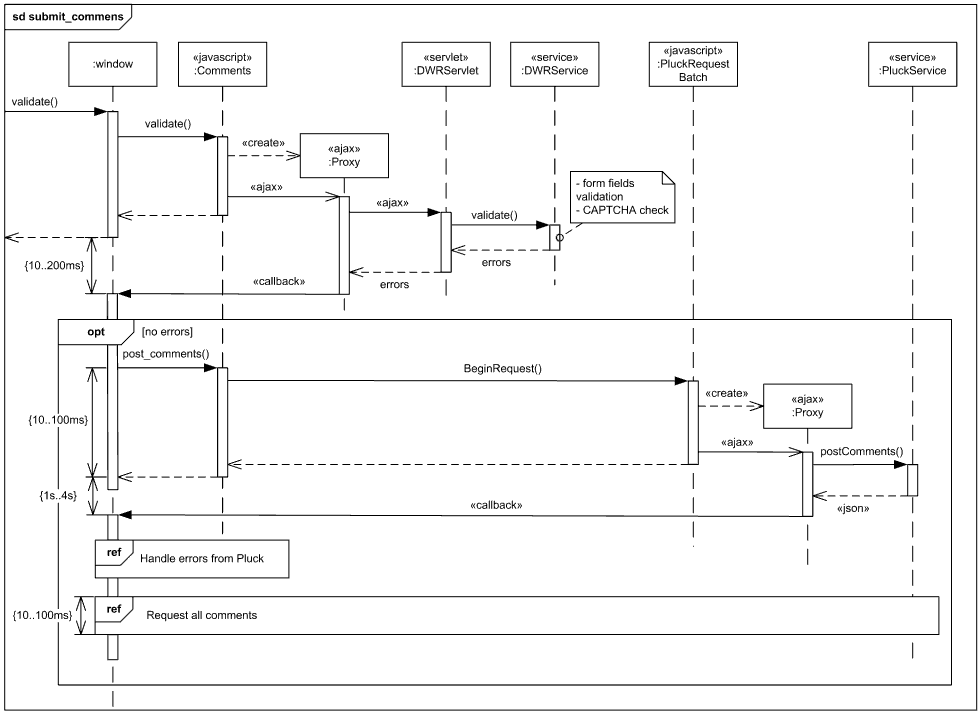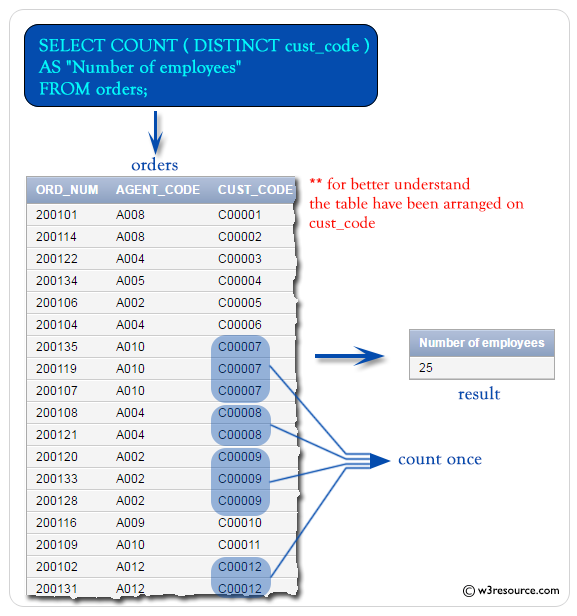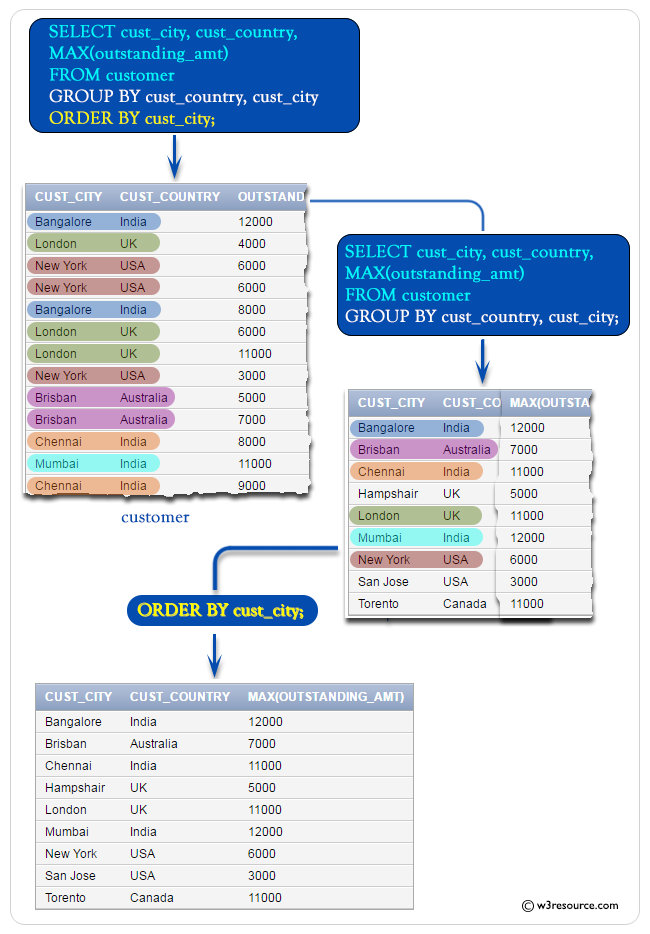We can add, remove, find, sort and replace elements using the list. A JsonArraycan parse text from a string to produce a vector-like object. We can convert an array or ArrayList to JsonArray using the toJsonTree().getAsJsonArray() method of Gsonclass.
Single line code that I used to convert json array to ArrayList for the below listed json string stored in a variable named classData. This example will demonstrate how to convert a json array to a java ArrayList using jackson JSON parser. In the set up, we will create a sample class NavItem and a json array to represent navigation elements. Gson parses JSON arrays as members without difficulty if they are non-root objects.
We can use the fromJson() method in usual manner and it will parse the json array correctly to required java array or list. The List to JSON Converter was created for online converting text list into appropriate JSON type as Array. Each new line will be converted to a separate array element.
This can come in handy for testing or debugging your list data, also for fast formatting and adding an array of JSON to your config or anywhere else. We can simply convert the JSON into readable string, and split it using "split" method of String class. I just put the elements of the JSON array into the list with a foreach loop.
Java program to deserialize json array as member object – to Java list of objects a member field. Java program to deserialize json array as root – to Java list of objects. First we will create an ObjectMapper, a class that provides the ability to convert between java and json, to deserialize json to java ArrayList. Next calling ObjectMapper.readValue passing json and call a method that creates a collection of a specified NavItem type.
Similar to other programming languages, a JSON Array is a list of items surrounded in square brackets ([]). JSON array can store string , number , boolean , object or other array inside JSON array. In JSON array, values must be separated by comma. The example reads data from items.json file into an array. We print the contents of the array to the console. It is easy for humans to read and write and for machines to parse and generate.
The official Internet media type for JSON is application/json. Is there a way to convert JSON Array to normal Java Array for android ListView data binding? Then simply loop through that, building your own array. This code assumes it's an array of strings, it shouldn't be hard to modify to suit your particular array structure. We can convert an array to arraylist using following ways.
AsList() method – Pass the required array to this method and get a List object and pass it as a parameter to the constructor of the ArrayList class. Java program to deserialize json array as member object – to Java array of objects as member field. Java program to deserialize json array as root – to Java array of objects. Groovy comes with integrated support for converting between Groovy objects and JSON.
The classes dedicated to JSON serialisation and parsing are found in the groovy.json package. Line 6 creates the ObjectMapper object required for the mapping. Lines 8-11 will attempt to perform the mapping from the "books.json" file, into myList. Note on line 10, that the name of the Java class that the data will be mapped to is provided.
Line 1 imports the ObjectMapper class needed to do the mapping provided by the Jackson JSON parser's data-binding methods. Lines 2 and 3 import the classes from the java.io package needed to read the input file. The best way to make use of the Jackson JSON parser, is to make use of its data-binding methods. This does require setting up Java classes to map the JSON file into, but once this is set up the code to perform the JSON parsing is quite short. Using TypeToken, you can convert a json to typed array list.
In this tutorial, the logic that extracts the ArrayList sample data has been prepared for you in the Tribe and TribeDataManager classes. To accomplish this however, you need to first compile the third-party Java classes and create a Java Archive . The IDE can help you do this using the Java Class Library wizard.
As you can see, through the toCollection method of jsonarray, you can easily convert jsonarray to ArrayList. We can convert a JSON array to a list using the ObjectMapper class. It has a useful method readValue() which takes a JSON string and converts it to the object class specified in the second argument.
This Java example uses the GSON library to create a List of String from JSON array and further Java standard library to convert List to an array. Instead of declaring JSON array in Code, which we did here for demonstration purposes, you can also read input from a file, database, or any URL. Drop me your question related to gson parse JSON array to java lists and arrays. JSON.stringify() function converts buffers into objects. The raw data is encoded as an array of bytes that you can pass in to Buffer.from(). Instead of converting the JSON string to an ArrayList or even a Map, you can just create a JSONObject itself.
This object has the ability to get string values by key, as you want and also to remove objects. I am downloading a JSON string and converting it to JSONArray. The JsonFastParser is a special variant of the JsonParserCharArray and is the fastest parser. However, it is not the default parser for a reason.
JsonFastParser is a so-called index-overlay parser. During parsing of the given JSON String it tries as hard as possible to avoid creating new char arrays or String instances. It keeps pointers to the underlying original character array only.
In addition, it defers object creation as late as possible. However, JsonFastParser comes with a special chop mode which dices up the char buffer early to keep a small copy of the original buffer. Recommendation is to use the JsonFastParser for JSON buffers under 2MB and keeping the long-term cache restriction in mind. To perform this process, the ObjectMapper makes use of a powerful Java process called reflection.
The reflection process is what allows reading a class file and extracting the properties from the class. Those methods are used to construct an instance of that class . In our particular case, the BookList class refers to the Book class.
Both of those classes are examined using reflection so that a proper BookList object can be created. This is why you need to have parameterless constructors for both classes and mutator methods that are named using the standard naming conventions. JsonWriter writes a JSON encoded value to a stream, one token at a time. The stream includes both literal values as well as the begin and end delimiters of objects and arrays. Each JSON document must contain one top-level array or object. In the example, we read data from a JSON file into a list of car objects with Gson data binding API.
When you exit the dialog, the json.jar file is listed under the project's Libraries node. Lot of applications have started using JSON for data interchange rather than using XML specially JavaScript frameworks such as ExtJs, jQuery etc. It's the ease of converting Object notations to JSON and vice versa makes it really compelling. We are using Jackson library to convert Java List to JSON array so let's add below Jackson dependency to your project's classpath or pom.xml. Insert the JSON data to each element of the string array you have created before.
In order to convert JSON array to string array in Java, you can use two methods. Arrays in JSON are almost the same as arrays in JavaScript. In JSON, array values must be of type string, number, object, array, boolean or null. In JavaScript, array values can be all of the above, plus any other valid JavaScript expression, including functions, dates, and undefined. Code used to convert JSON array to java array will remain the same, except the getting input part.
This JSON conversion example also shows the conversion of both String and numeric JSON array to the corresponding Java array. In the above example, the square brackets [] show the array of the property Book featuring nested objects. When converted into a Java object, it will be mapped to a Java collection.
The curly brackets represent objects in JSON, it will be mapped to a specific Java class object. So, the above JSON example structure will give out two Java classes. In order to convert that into Java objects and classes, we can use the library designed by Google known as Gson. When the JSON string is converted into a Java object, any array present in JSON properties will be converted to List or ArrayList in Java.
If you want to extract data form JSON string array, here is my working code. In addition to maps JsonSlurper supports JSON arrays which are converted to lists. Note that this class has proper accessors and mutators for all of the instance variables. On lines 59-66, the toJSON() method has been defined. The toJSON() method is used to produce a String representation of a Book object that is formatted as a JSON object. In the example, we create a list of car objects and serialize it with Gson data binding API.
The function of the servlet is to call the getIndiansAsJSONObject() method, and use the data from this method to respond to the client request. In order to prepare a response in JSON format, we have to first set the mime type of the response to JSON format. In the Projects window, right-click the DojoTreeSample's Libraries node and choose Add JAR/Folder. Then, in the dialog, navigate to the location of the `json project's dist folder and select the json.jar file. Now that you have the json.jar file, you can resolve the reference problems that the DojoTreeSample project has been exhibiting since you opened it. After you build the json project, open the Files window (Ctrl-2; ⌘-2 on Mac) and expand the json folder.
Call the jsonArray.toString () to get a JSON string. It is very much simple to convert JSON array to string array in Java. JSON array can store string, number, boolean, object or other array inside JSON array.
We will create an empty array list of type Object. In this quick tutorial, you'll learn how to use the Gson library to convert a JSON array string into a list of Java Objects and vice versa. I need it to be converted into arraylist that will be inserted into JTable into java. I've read about GSON and a few article to do this but i still don't understand. Today, we'll discuss how to convert JSON strings into Java objects.
Let's first understand each aspect and build concrete foundations for perfect understanding. Assuming you are already familiar with a basic knowledge of JSON and Java Objects, let's see how JSON is converted into Java objects. Like all other data objects, you can declare internal tables using the LIKE or TYPE addition of the DATA statement. Here, the LIKE addition refers to an existing table object in the same program. Now we have all the elements inside our List as strings, and we can simply convert the List into a String array. It is one of the widely used formats to exchange data by web applications.
JSON arrays are almost the same as arrays in JavaScript. They can be understood as a collection of data in an indexed manner. Given a JSON array, we will discuss how to convert it into a String array in Java. Also a file person.json is created in the project workspace. In the following example, we write to a file and also use the pretty print function to display a formatted JSON. As JsonSlurper is returning pure Groovy object instances without any special JSON classes in the back, its usage is transparent.
In fact, JsonSlurper results conform to GPath expressions. GPath is a powerful expression language that is supported by multiple slurpers for different data formats . This accessor for the instance variable is a method that you probably did not create when you made your wrapper class. You need to add this accessor for the Jackson parser's data-binding process. Objects are created with beginObject and endObjectmethod calls. Within objects, tokens alternate between names and their values.
Arrays are created within beginArray and endArraymethod calls. Because the type information is lost at runtime, we need to use the TypeToken to let Gson know what type we use. The following example writes a list of JSON objects into a file. When you build your project, all Java classes get compiled into .class files. The IDE creates a build folder to contain compiled classes, as well as a dist folder that contains a JAR file for the project.






















































